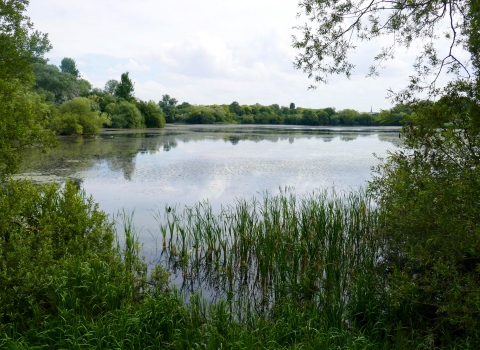The Nene Valley offers a myriad of natural habitats, including wildflower meadows, wetlands, marshes, woodlands and wet grasslands. Not only that, it is internationally renowned for its variety of over-wintering water birds such as curlew, lapwing, wigeon and gadwall. Nevertheless, these habitats and the wildlife that live here face many challenges in the coming years due to planned population growth and anticipated climate change. In addition, these habitats are mostly found in isolated patches, surrounded by urban areas and intensively farmed land. Land drainage and flood defence schemes have already enabled farmland to drain more rapidly and in many places disconnected the river from its floodplain. The resulting loss of wet and marshy grasslands has led to dramatic declines in numbers of some species, including breeding wading birds.
The importance of large-scale habitat conservation is becoming ever more apparent in order to provide better havens for wildlife and people, and space for species to move and adapt in light of the threats that they face. In the Nene Valley we are working with farmers and landowners to help them to manage their land in more wildlife-friendly ways. Not only will this help to link isolated habitats, benefiting many struggling species, but it will also help to manage flooding and provide open spaces for people to explore right along the valley.
The Land Management element of the NIA is currently being delivered by the Farming for the Future project, part of the Nenescape HLF Landscape Partnership Scheme. Farming for the Future is working with farmers and land owners to deliver meadow and wetland habitat creation and restoration projects as well as undertake vital infrastructural improvements to tackle diffuse pollution & aid water quality.

